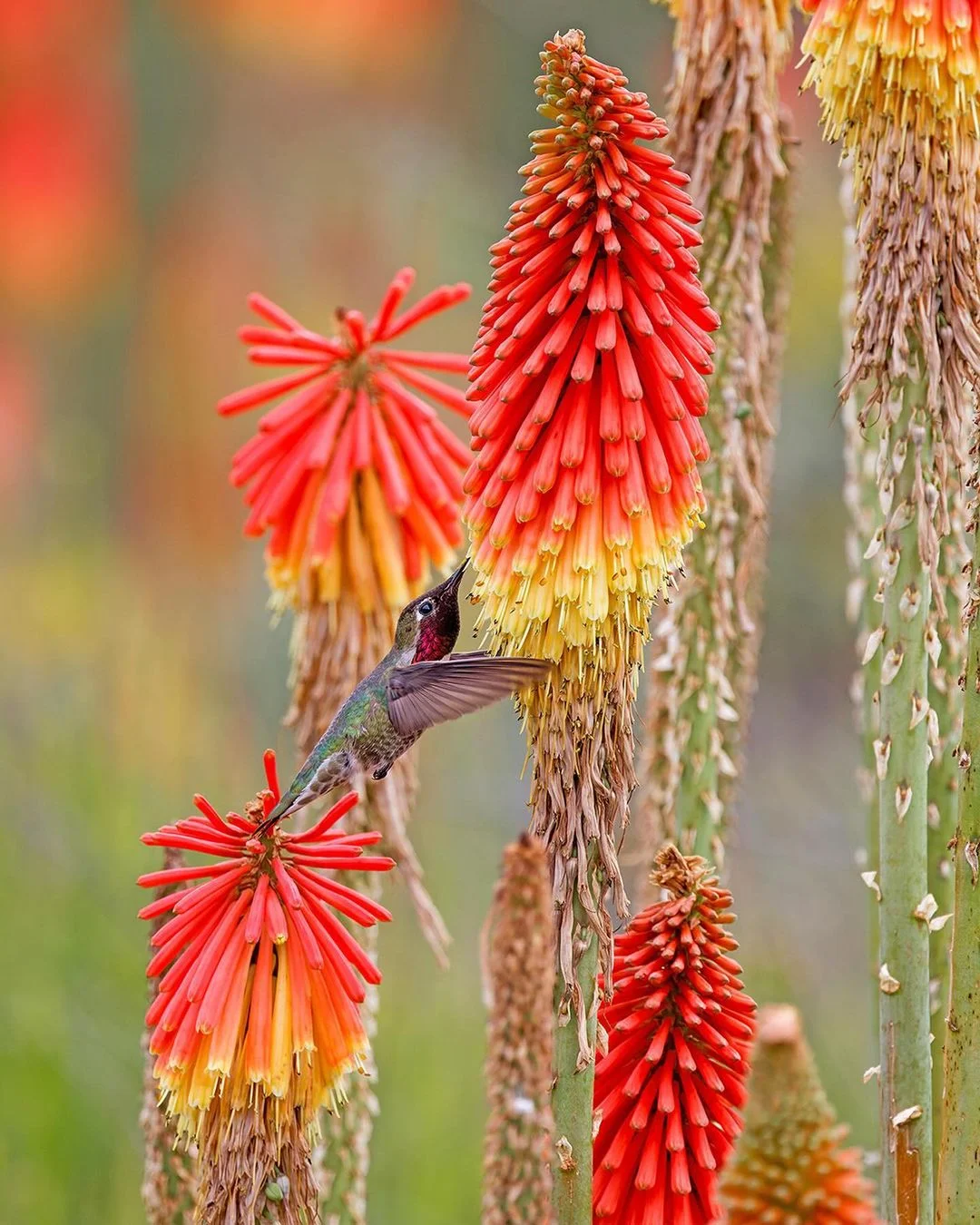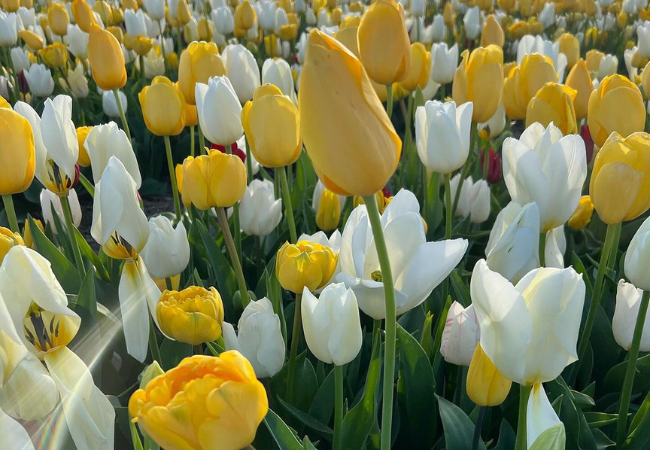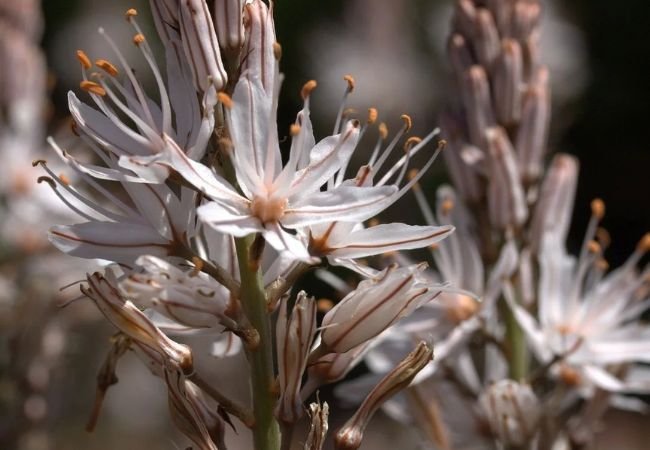Discover the striking beauty of Red Hot Pokers. Learn how to grow these exotic-looking, low-maintenance perennials that add a bold splash of color to gardens. Perfect for attracting pollinators and creating dramatic landscape focal points.
Red Hot Pokers, also known as Torch Lilies or Kniphofia, are eye-catching perennials that bring a touch of the exotic to any garden. With their tall, colorful flower spikes, these plants create a dramatic vertical accent in landscapes. In this article, we’ll explore everything you need to know about growing and enjoying Red Hot Pokers in your garden.
Here’s the information about Red Hot Poker flowers in an easy-to-understand chart format:
| Aspect | Details |
|---|---|
| Botanical Name | Kniphofia spp. |
| Common Name | Red Hot Poker, Torch Lily |
| Plant Zone | Zones 5-9 |
| Sun Exposure | Full sun |
| Soil Type | Well-drained, sandy or loamy soil |
| Watering Needs | Moderate, drought-tolerant once established |
| Growth Habit | Upright, clumping |
| Height/Spread | 2-5 feet tall, spreads 1-2 feet |
| Special Features | Tall spikes of tubular, brightly colored flowers in red, orange, and yellow, attracts hummingbirds and butterflies |
What are Red Hot Pokers?

Red Hot Pokers belong to the genus Kniphofia in the Asphodelaceae family. Native to Africa, these plants have become popular worldwide for their unique, torch-like flower spikes that typically blend shades of red, orange, and yellow.
Popular Types of Red Hot Pokers
- Kniphofia uvaria The most common species, with orange-red flowers fading to yellow.
- Kniphofia ‘Mango Popsicle’ A compact variety with mango-orange blooms.
- Kniphofia ‘Alcazar’ Features tall spikes of scarlet and yellow flowers.
Benefits of Growing Red Hot Pokers
- Attracts pollinators Particularly appealing to hummingbirds and bees.
- Drought-tolerant Once established, they can withstand dry conditions.
- Long blooming period Can flower from mid-summer into fall, depending on the variety.
- Architectural interest Adds strong vertical elements to garden design.
How to Grow Red Hot Pokers
Growing Red Hot Pokers is relatively straightforward. Here’s what you need to know:
- When to plant Plant in spring or early fall.
- Where to plant Choose a spot with full sun to light shade. Thrives in USDA hardiness zones 5-9.
- Soil requirements Well-draining soil is crucial. Learn about improving soil drainage from the University of Minnesota Extension.
- Planting Space plants about 2-3 feet apart, depending on the variety.
- Care Water regularly until established. Remove spent flower spikes to encourage more blooms.
Red Hot Pokers in Different Garden Styles
These versatile plants can enhance various garden types:
- Mediterranean gardens Their drought-tolerance fits well with this style.
- Cottage gardens Adds height and vibrant color to informal garden designs.
- Prairie-style gardens Pairs well with ornamental grasses and other prairie plants.
Dealing with Common Red Hot Poker Problems
While generally easy to grow, Red Hot Pokers can face some issues:
- Crown rot Ensure good drainage to prevent this fungal disease. Learn more about plant diseases from the Royal Horticultural Society.
- Leaf spot Remove affected leaves and ensure good air circulation.
Companion Plants for Red Hot Pokers
Red Hot Pokers pair well with other sun-loving, drought-tolerant plants:
Using Red Hot Pokers in Landscape Design
Red Hot Pokers offer various landscaping possibilities:
- Focal points Use as dramatic accents in borders or island beds.
- Mixed perennial borders Combine with other perennials for season-long interest.
- Container gardens Grow in large pots for patio or deck displays.
Propagating Red Hot Pokers
Red Hot Pokers can be propagated through:
- Division Divide established clumps in spring.
- Seeds Sow seeds in spring, though they may not come true to the parent plant.
Winter Care for Red Hot Pokers
In colder regions:
- Mulch around the base of plants to protect roots.
- Leave foliage in place over winter for added protection.
- Learn more about winter plant protection from Gardening Know How.
Red Hot Pokers are striking perennials that bring a touch of the exotic to any garden. With their bold, colorful flower spikes and low-maintenance nature, they’re an excellent choice for gardeners looking to add drama and vertical interest to their landscapes. Whether you’re creating a drought-tolerant garden, attracting pollinators, or simply want to make a bold statement, Red Hot Pokers are sure to ignite your garden design.
For more information on perennial flowers and gardening tips, visit the National Gardening Association.
For more gardening tips and plant care guides, visit usagardenhub.com.






One comment on “Red Hot Pokers : Fiery Garden Beacons”